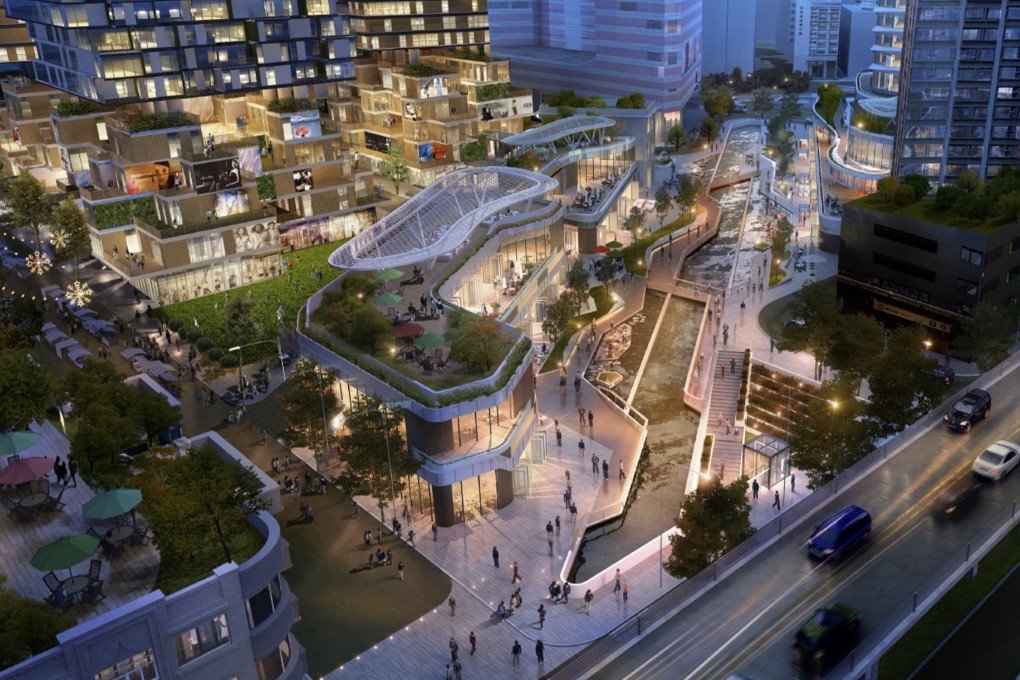Mong Kok flower market set for partial makeover in Hong Kong renewal project, with new canal to link up public leisure spaces
- Urban Renewal Authority announces plan to redevelop flats and shops at flower market and nearby streets, with HK$2.5 billion to be spent on acquiring properties
- Redevelopment to include canal connecting public leisure spaces in bid to breathe new life into one of city’s oldest districts

Mong Kok’s famous flower market will undergo a partial makeover as part of a large-scale project aimed at revitalising the bustling Hong Kong neighbourhood, with plans including a canal to link up the area’s public leisure spaces.
The Urban Renewal Authority (URA) announced the plan on Friday to redevelop 31 buildings aged between 64 and 76 years and 33 shops at the flower market and nearby locations, such as Sai Yee Street and Fa Yuen Street.
The overhaul will affect about 275 families and 20 flower shops, or 17 per cent of all stores in the market, and includes revitalisation initiatives.
Responding to questions about whether the URA could push forward the initiative given its deficit, director of planning and design Lawrence Mak Chung-kit said acquiring the properties would cost HK$2.5 billion (US$320 million), a “relatively small” acquisition.
“We hope to promote urban renewal with limited resources,” he said. “It is difficult to predict whether the project will make or lose money given the unclear market conditions.”
The authority recorded a HK$3.5 billion deficit for the 2022-23 financial year, after posting a surplus of HK$6.6 billion 12 months earlier, a reversal its management attributed to a downturn in the property market.
The project is the URA’s only one for the current financial year and the first initiative under its Yau Ma Tei and Mong Kok renewal blueprint published in 2021. The two neighbourhoods are some of the city’s oldest and most densely populated.
